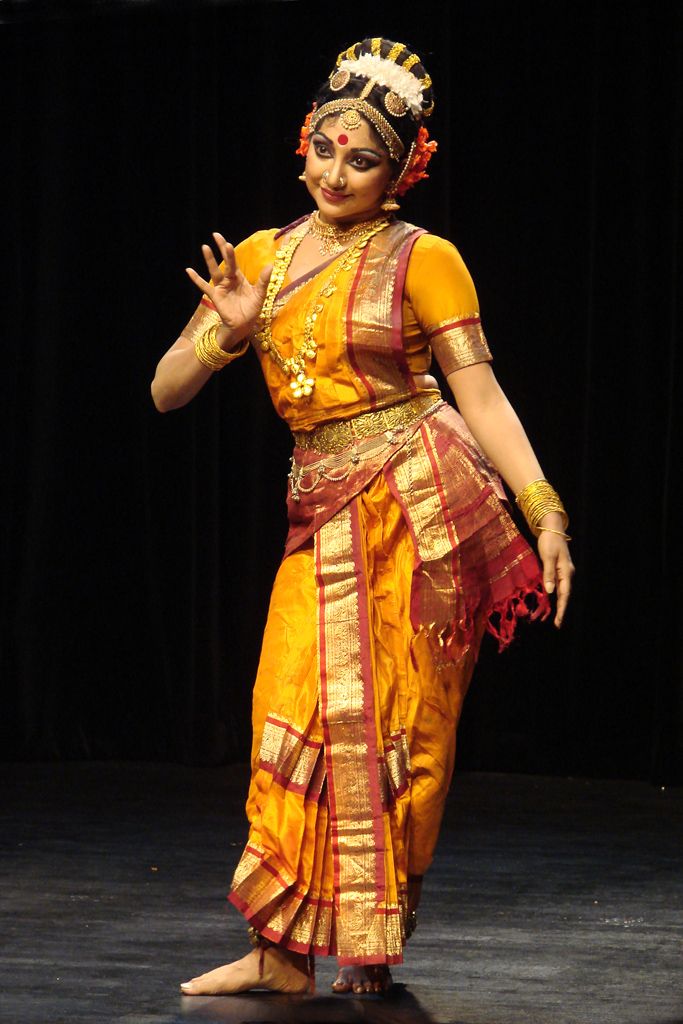Kuchipudi: The Dynamic Dance-Drama of Andhra Pradesh

Kuchipudi, a vibrant and expressive classical dance form of India, originates from the southeastern state of Andhra Pradesh. Known for its dynamic movements, graceful expressions, and theatrical storytelling, Kuchipudi beautifully blends dance and drama. It is a captivating art form that combines rhythm, music, and emotion, making it one of India's most cherished dance traditions.
Historical Origins and Evolution
Kuchipudi traces its roots to the 7th century CE and was traditionally performed as a dance-drama by male Brahmin priests in the village of Kuchipudi, from which it gets its name. Initially, it was a devotional offering to Lord Krishna, performed in temples as part of religious rituals. Over time, the dance evolved into a refined classical art form, incorporating elements from the Natya Shastra, the ancient treatise on performing arts.
Unlike other classical dances, Kuchipudi was originally a male-dominated art form, with performers playing both male and female roles. However, in the modern era, women have played a significant role in shaping and popularizing the dance, thanks to pioneers like Guru Vempati Chinna Satyam.
Elements of Kuchipudi Dance
Kuchipudi is distinguished by its lively footwork, graceful hand gestures, and expressive storytelling. The dance has two main aspects:
- Nritta (Pure Dance)
- Focuses on rhythmic footwork and intricate body movements.
- Includes fast-paced steps, graceful leaps, and dynamic patterns.
- Nritya (Expressive Dance)
- Emphasizes facial expressions (abhinaya) and hand gestures (mudras).
- Uses storytelling techniques to depict scenes from Hindu epics like the Ramayana, Mahabharata, and Bhagavata Purana.
A signature element of Kuchipudi is the Tarangam, where dancers perform intricate footwork while balancing on the edges of a brass plate, showcasing their agility and skill.
Costume and Aesthetic Beauty
Kuchipudi costumes are vibrant and closely resemble Bharatanatyam attire, with a pleated fan-like design that enhances movements. Female dancers wear silk sarees with gold borders, while male dancers wear dhotis and angavastrams. Jewelry, including necklaces, bangles, and waistbands, adds to the visual appeal. The makeup highlights the eyes and facial expressions, making the performance more dramatic and expressive.
Music and Accompaniment
Kuchipudi is performed to Carnatic music, the classical music tradition of South India. The main instruments used are:
- Mridangam – A percussion instrument that sets the rhythm.
- Violin – Provides melodic accompaniment.
- Flute – Enhances the musical richness.
- Tambura – A string instrument that maintains the drone.
A unique feature of Kuchipudi is the use of Vaachika Abhinaya, where dancers not only use expressions but also narrate dialogues, making it a true dance-drama tradition.
Global Influence and Recognition
Kuchipudi has gained international recognition, with dance academies worldwide promoting its rich legacy. Renowned artists like Dr. Vempati Chinna Satyam and Yamini Krishnamurthy have played key roles in bringing Kuchipudi to global stages. Today, it continues to evolve while preserving its traditional essence.
Kuchipudi is a perfect blend of elegance, energy, and theatrical brilliance. With its dynamic movements, expressive storytelling, and spiritual essence, it remains one of India’s most enchanting classical dance forms. As it continues to captivate audiences across the world, Kuchipudi stands as a proud symbol of Andhra Pradesh’s artistic and cultural heritage.